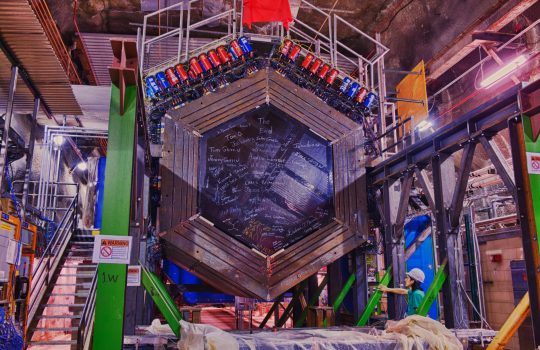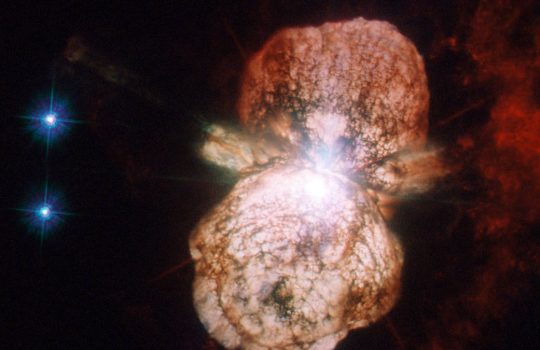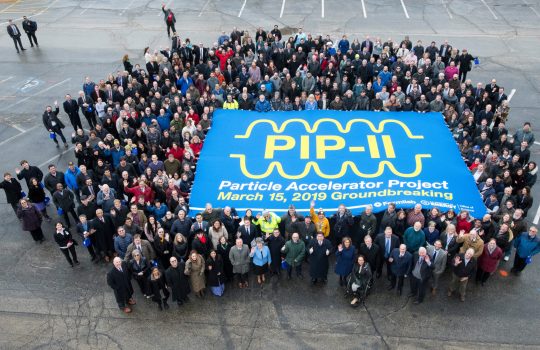Sanford Science Series part 7: Into the future
- Deep Underground Neutrino Experiment
- DUNE
- LBNF
- Long-Baseline Neutrino Facility
- neutrino
- Sanford Lab
- Sanford Underground Research Facility
- South Dakota
From KOTA TV, May 20, 2019: Fermilab’s Patrick Weber and Sanford Lab’s Mike Headley talk with the South Dakota news program about the Deep Underground Neutrino Experiment and the Long Baseline Neutrino Facility in this 3-minute segment.



